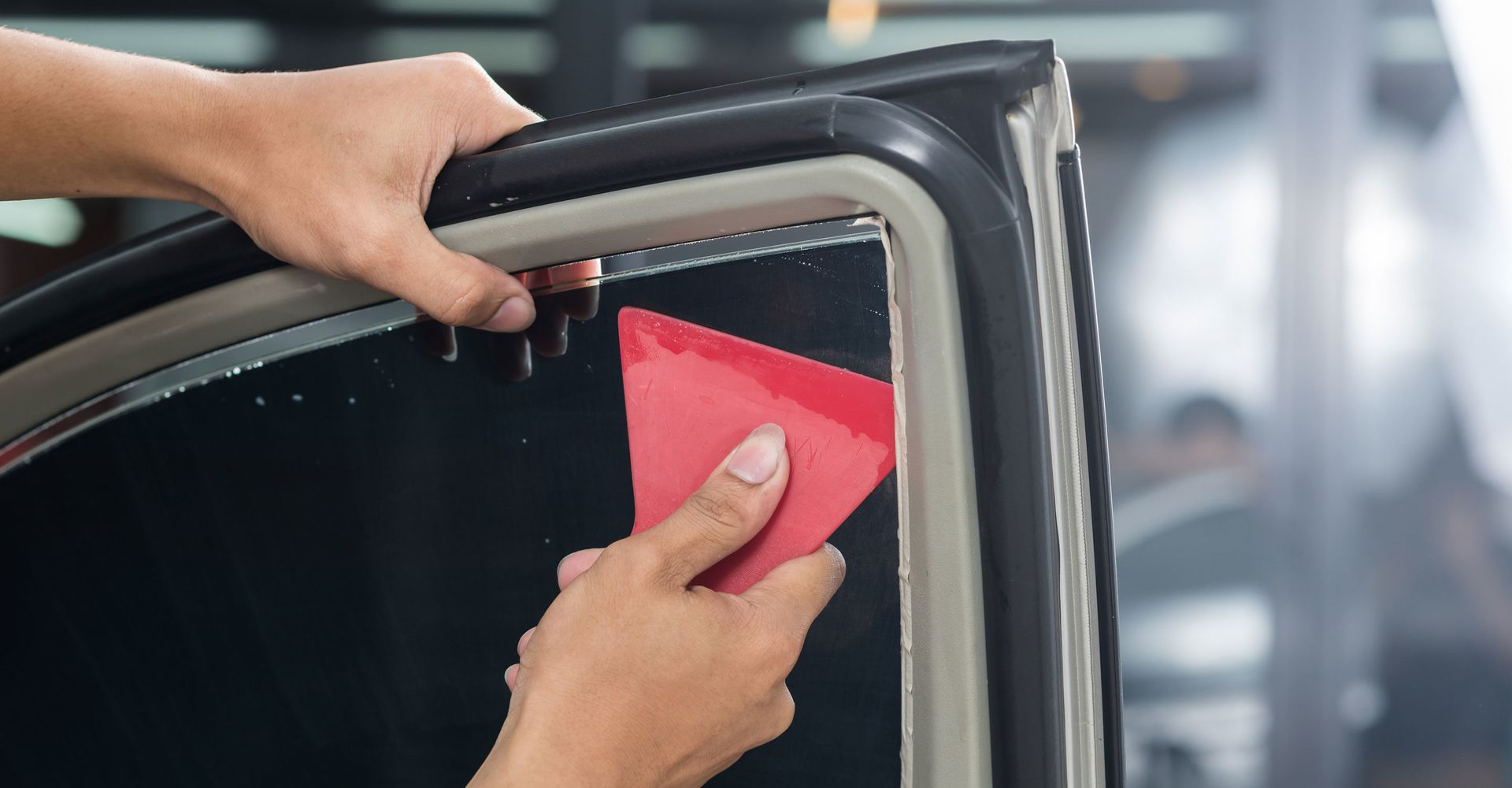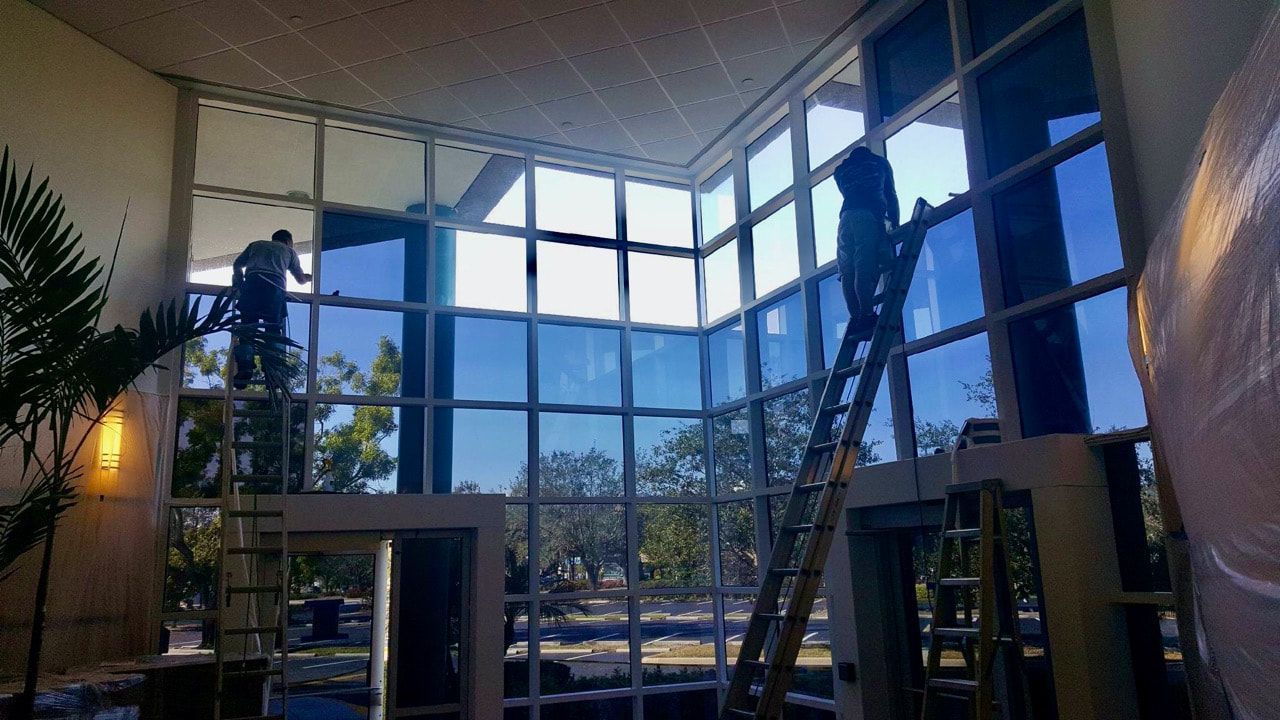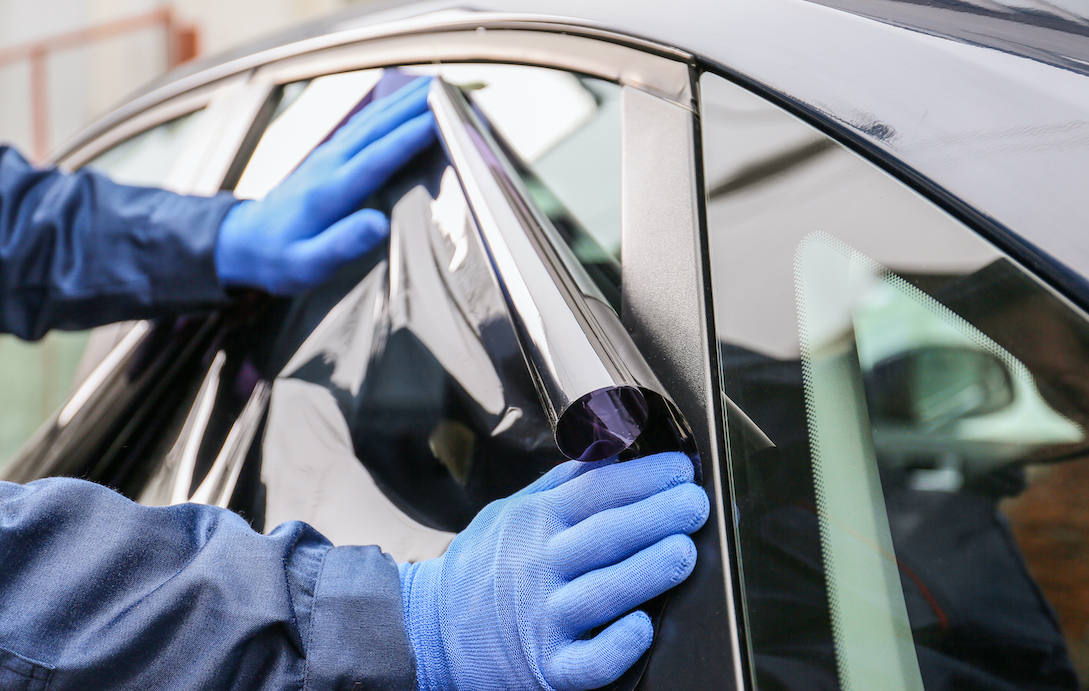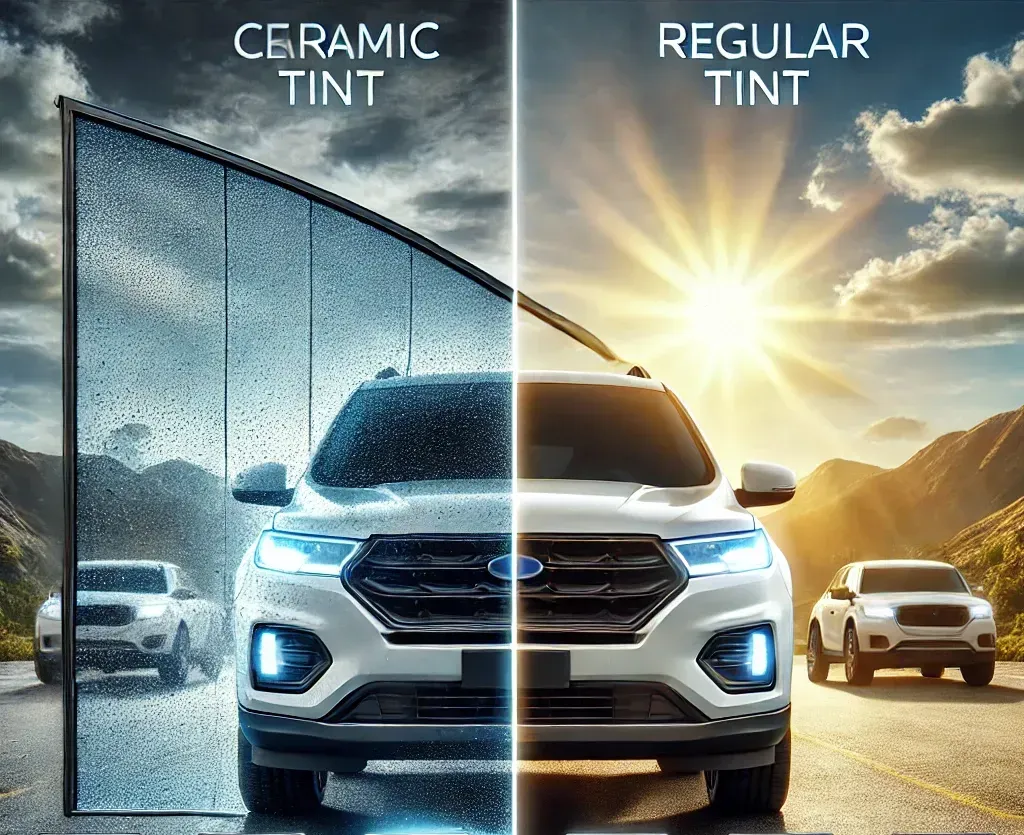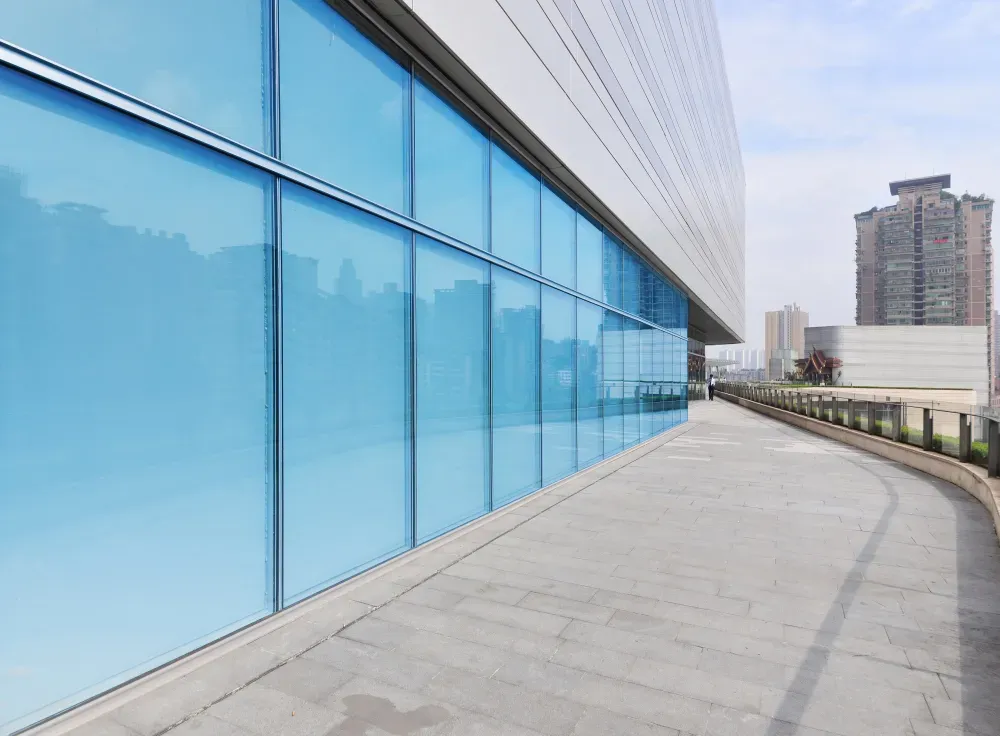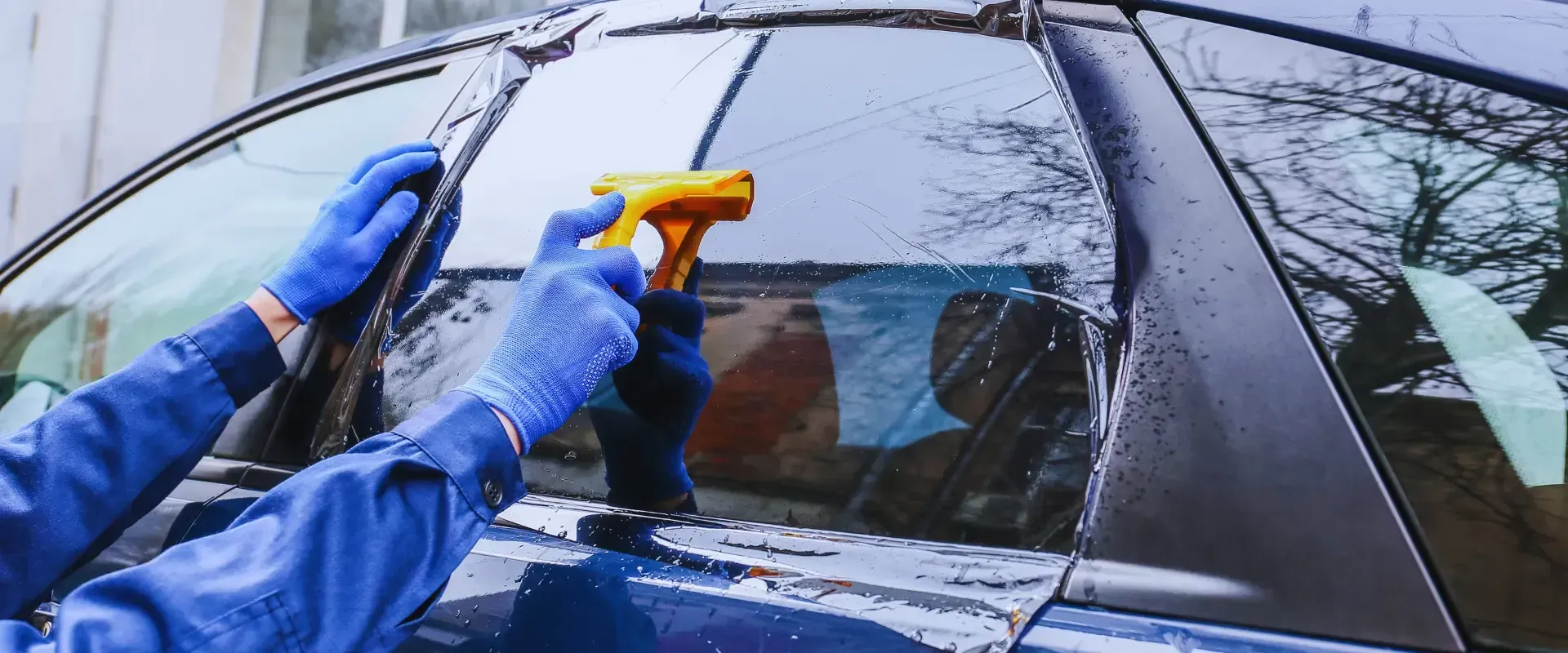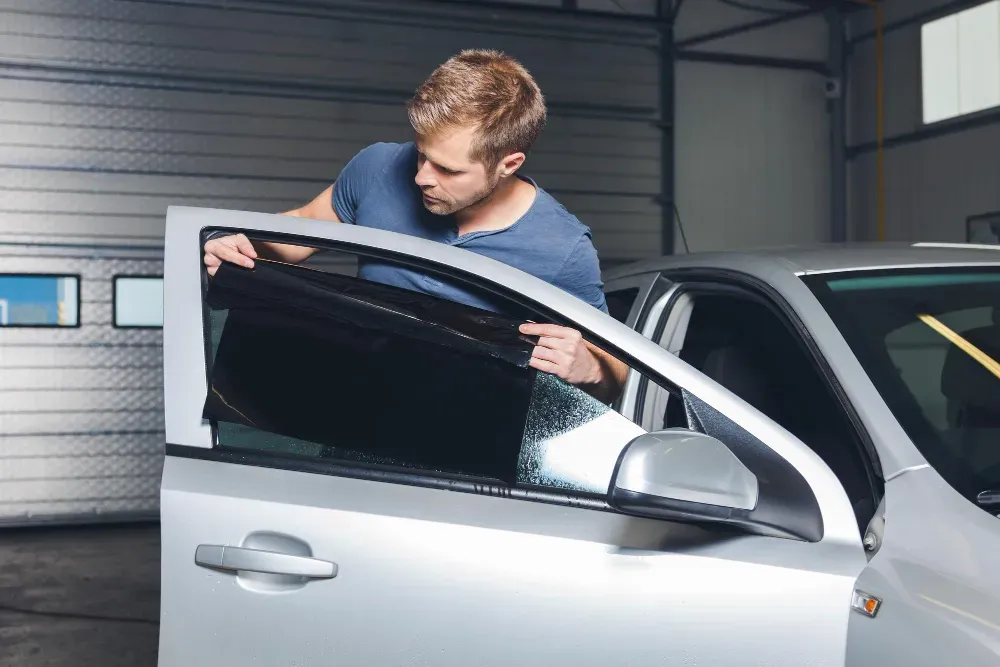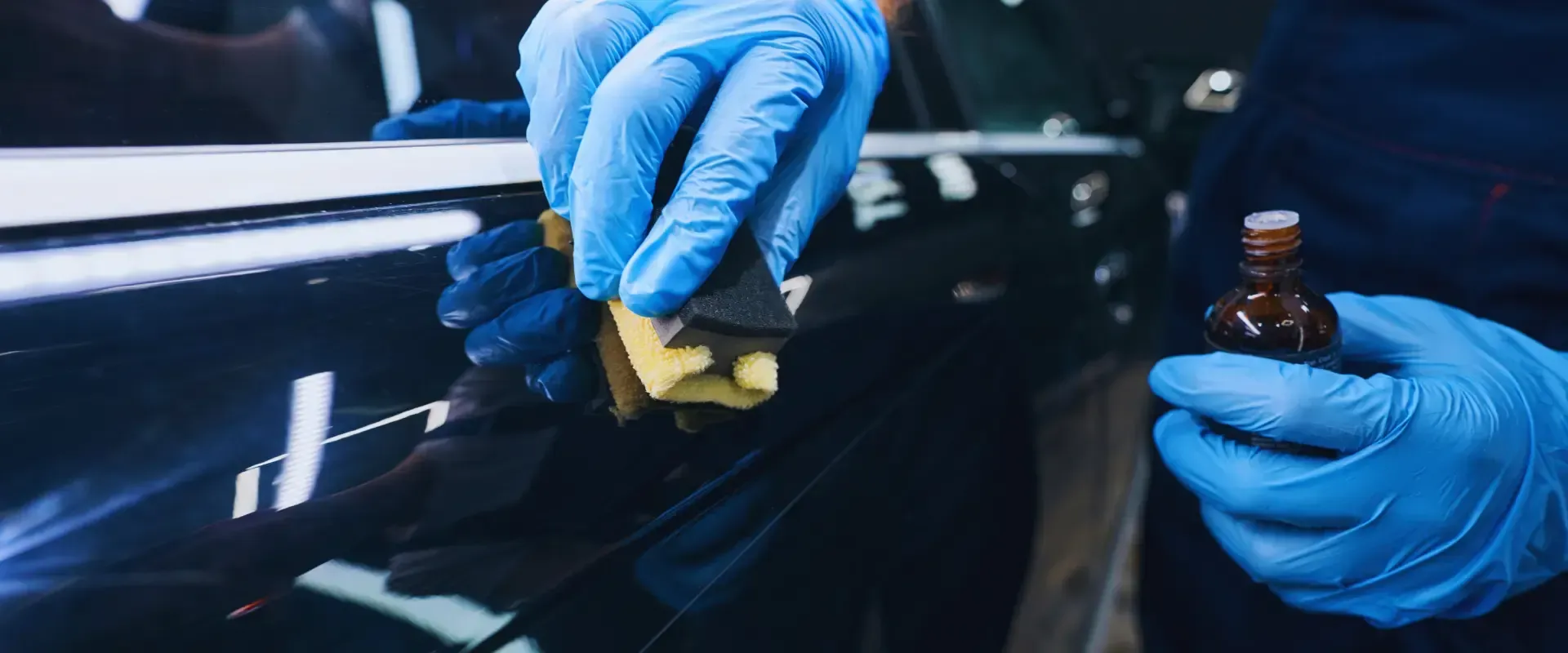The Truth About Nano Ceramic Tint at Night: A Cudahy Driver's Complete Guide
My Late-Night Drive Experience
Last year, I found myself second-guessing my decision to get nano ceramic tint as I drove through Cudahy's dimly lit streets after a late shift. My friend had warned me about tinted windows being too dark at night, but what I discovered about modern ceramic tinting completely changed my perspective. Let me share what I learned about nighttime visibility with nano ceramic tint, and why it might be different from what you've heard.

Understanding Nano Ceramic Tint
What Makes Nano Ceramic Different
Unlike traditional window tints, nano ceramic technology offers unique benefits:
- Superior clarity
- No metal content
- Non-interfering with electronics
- Consistent color
- Better heat rejection
Technology Behind the Clarity
Here's how nano ceramic tint compares to other options:
| Tint Type | Night Visibility | Heat Rejection | Clarity |
|---|---|---|---|
| Nano Ceramic | Excellent | 95-98% | Crystal Clear |
| Metallic | Good | 85-95% | Slight Haze |
| Dyed | Fair | 45-55% | Can Be Dark |
| Carbon | Very Good | 90-95% | Clear |
Comparing Tint Technologies
When I consulted with professional installers, they explained how different tints affect visibility:
- Dyed Tint: Absorbs light
- Metallic Tint: Reflects light
- Carbon Tint: Absorbs and blocks
- Nano Ceramic: Selectively filters
Nighttime Visibility Factors
Light Transmission Basics
Understanding Visible Light Transmission (VLT):
- 70% VLT: Extremely clear
- 50% VLT: Light tint
- 35% VLT: Medium tint (legal front windows in CA)
- 20% VLT: Dark tint
- 5% VLT: Very dark (not legal for front windows)
"Quality nano ceramic tint maintains clarity regardless of the angle or lighting conditions, which is perfect for Cudahy's varying street lighting conditions." - Professional Tint Installer
How Tint Affects Night Vision
Key factors that influence nighttime visibility:
✓ Tint quality
✓ Installation precision
✓ VLT percentage
✓ Street lighting conditions
✓ Weather conditions
Key Takeaways
- Nano ceramic tint offers superior clarity compared to traditional tints
- Choose VLT levels that comply with California law
- Professional installation matters for optimal visibility
- Quality ceramic tint doesn't significantly impact night vision
- Consider local conditions when selecting tint shade
Frequently Asked Questions
Q: Is nano ceramic tint worth the extra cost?
A: Yes, for its superior clarity, heat rejection, and longevity. Contact professionals for specific pricing.
Q: Will nano ceramic tint affect my GPS or phone signals?
A: No, unlike metallic tints, nano ceramic technology doesn't interfere with electronic signals.
Q: What's the best VLT percentage for nighttime driving in Cudahy?
A: For optimal visibility while maintaining benefits, 35% VLT for front windows (legal requirement) and 20-35% for rear windows is recommended.
